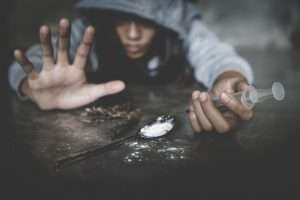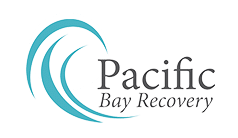What is a Dual Diagnosis?
When someone checks into a treatment center, whether voluntary or not, a diagnosis must be made of both the substance the person is addicted to and the person’s mental state. Unfortunately, the mental state may have been evident in the first place, at least to family members, and our society still has a bias about getting mental help. Most people do not want to talk about what is happening to them nor do the family members want to talk about it, either.

There is no shame in not being able to cope with something, mentally, but family members can help by talking with someone who is having a problem with coping, mentally. This is particularly important for soldiers and veterans who may have had terrifying events happen on the battlefield and are still reliving those intrusive moments repeatedly. The term for this used in medical diagnosis is post-traumatic stress disorder (PTSD).
While veterans are most diagnosed with PTSD when it comes to mental health, people in our society also experience traumatic events. These events range from being held up at gunpoint, being raped and beaten, or being physically and mentally abused in some form. They are diagnosed with PTSD, too.
If veterans were severely injured on the battlefield, they may be using a pain pill prescription, usually an opioid, to help with reducing the lingering pain they still have. Opioids are drugs that come initially from the poppy plant. Afghanistan is a big poppy grower (550,000+ fields) and producer of opioids (morphine, heroin, fentanyl, etc.), with illegal versions of these coming across the southern border for distribution on American streets.
Combine the abuse of an opioid prescription and a case of diagnosed PTSD, and you have a dual diagnosis.
Dual diagnosis treatment centers in San Diego create a program to help both the addiction and the mental issue of PTSD, which becomes complicated.
During the pandemic in 2020 with nationwide lockdowns, prescriptions were sent by mail when no one could really leave home. March 2020 showed in a research study that more opioid prescriptions were filled, perhaps indicating that people were worried they might run out of pain pills and not be able to get refills in time. This could have led to more cases of addiction during this year although telemedicine supervision allowed doctors to keep up with their patients, albeit remotely.
How Does a Dual Diagnosis Treatment Operate?
The simple version is that both issues of drug addiction and mental health issues are treated at the same time. You cannot treat one separately without including the other problem, as they go hand in hand in the brain’s chemical makeup. Psychotherapy is provided and, if needed, a prescription is provided to help with easing the effects of any withdrawal.
During dual diagnosis and treatments, all members of the family are included so everyone is a part of helping the patient recover. The effects of addiction affect the family, so it is important that family members speak about their experiences, ask questions about what their part is in the recovery process.
The inclusion of the whole family is part of building that safe environment for the patient to live in after recovery. It also shows the patient that the family loves them and wishes to continue the relationship. The family becomes a home support group, allowing the patient to feel comfortable about speaking up when having issues. Support from the surrounding environment is very important to the success of any dual diagnosis treatment for a patient who wants to live well.
Inpatient or Outpatient?
Each case is individually reviewed and tested. Once there is a diagnosis, treatments are created specifically for the issues that plague a patient. In severe addictions, a patient may be required to enter a rehabilitation facility to receive 24/7 supervision and care. In such situations, a patient may detox from both alcohol and drugs, and this requires constant supervision.
The most important part of achieving success with any treatment is that the patient wants to regain a happy and fulfilling life again. An exercise program may be part of the treatment if the patient has been depressed, not moving around much, and sleeping too much during the day.
When you start exercising, you also start breathing deeply, allowing air to flow better throughout your body. You focus better on the more important things in life and, physically, your body releases endorphins, reduces stress, and makes you feel better.
Once you are home, you might like to continue exercising by going on family walks every morning or, if you are able, you can take up running once you are fit to do so. Use weights to exercise the upper body and remember to practice breathing deeply for more air circulation.

Get Help Fast
If you are worried that you are addicted to drugs that are not helping you, and you also have issues of depression or mental irregularities, then it is time to get help. Pacific Bay Recovery can help you with any substance addiction and/or mental issues you might have so you can regain a happy and functional lifestyle again. Call us at 619-350-8220 for a free consultation and to set up an appointment to start getting help as soon as possible.

